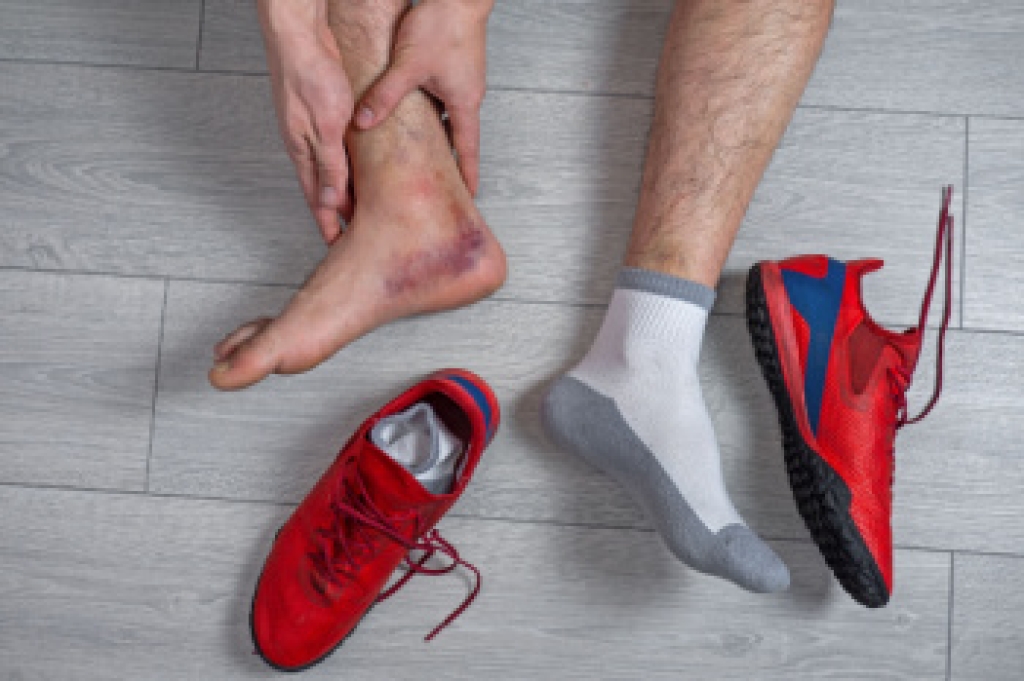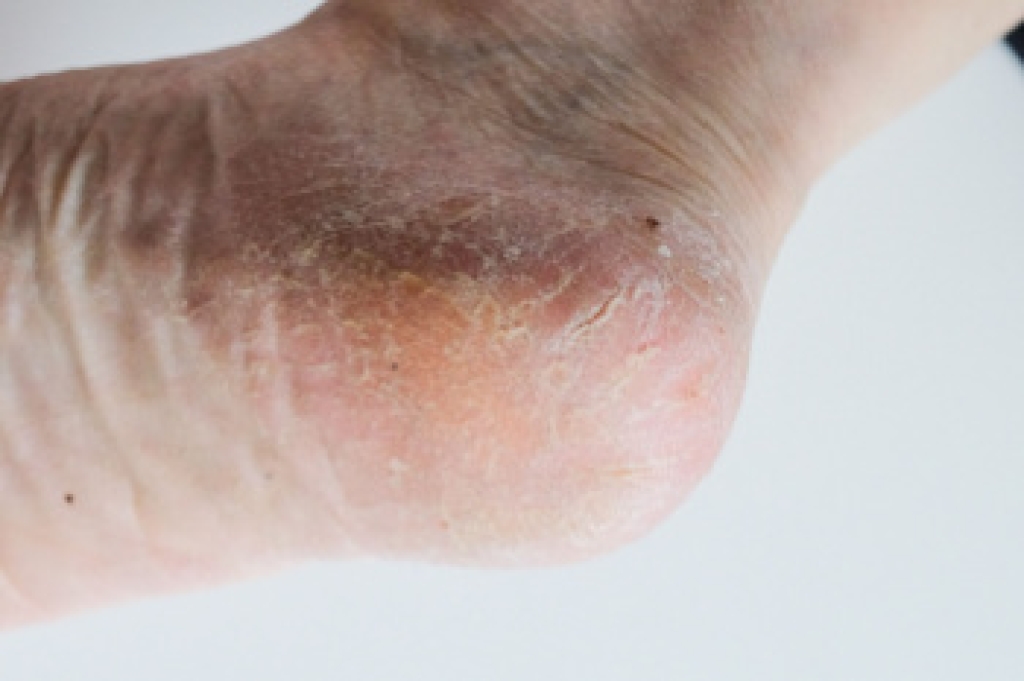
An ankle sprain occurs when the ligaments that support the ankle stretch or tear, often due to sudden twisting or rolling motions. These injuries are common during sports or daily activities that involve uneven surfaces or quick changes in direction. Several risk factors can increase the chances of experiencing an ankle sprain. A history of previous ankle injuries may weaken the joint, making it more vulnerable to future sprains. Weak muscles around the ankle reduce stability and support during movement. Wearing worn-out shoes can lead to poor footing and decreased protection. Carrying excess weight adds strain to the ankles, raising the risk of injury. Genetics may also play a role, as some individuals naturally have more flexible or unstable joints, increasing their susceptibility to sprains. If you have sprained your ankle, it is suggested that you consult a podiatrist so the right treatment can promptly begin.
Although ankle sprains are common, they aren’t always minor injuries. If you need your ankle injury looked at, contact Warren Levy, DPM from Armitage Podiatry Center. Our doctor can provide the care you need to keep you pain-free and on your feet.
How Does an Ankle Sprain Occur?
Ankle sprains are the result of a tear in the ligaments within the ankle. These injuries may happen when you make a rapid shifting movement while your foot is planted. A less common way to sprain your ankle is when your ankle rolls inward while your foot turns outward.
What Are the Symptoms?
- Pain at the sight of the tear
- Bruising/Swelling
- Ankle area is tender to touch
- In severe cases, may hear/feel something tear
- Skin discoloration
Preventing a Sprain
- Wearing appropriate shoes for the occasion
- Stretching before exercises and sports
- Knowing your limits
Treatment of a Sprain
In many cases, the RICE method (Rest, Ice, Compression, and Elevate) is used to treat ankle sprains. However, you should see a podiatrist to see which treatment option would work best with your injury. In severe cases, surgery may be required.
It is important to ask your doctor about rehab options after you receive treatment for your injury. Stretching, strength training, and balance exercises may help the ankle heal while also preventing further injury.
If you have any questions, please feel free to contact our office located in Chicago, IL . We offer the newest diagnostic and treatment technologies for all your foot care needs.




